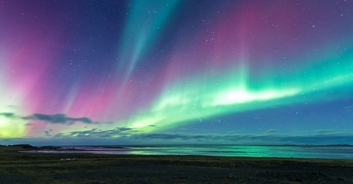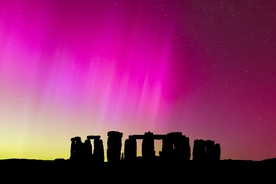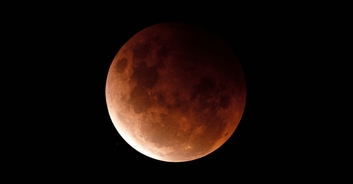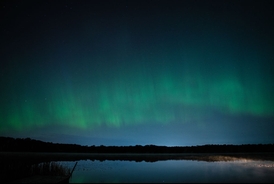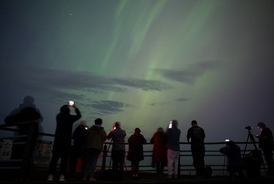Up here in the northern hemisphere, winter has truly begun to set in. The mornings are cold, the nights are long, and the more extreme places are seeing snow on a regular basis. As for the most extreme places, however, that's only half the story.
Utqiaġvik, Alaska, the USA's northernmost town, spends 65 days of each winter in darkness.
This weekend, the residents of Utqiaġvik - formerly known as Barrow - basked in the last few rays of sunlight that 2018 had to offer (a whole hour of them), before being plunged into more than two months of constant nighttime.
The period is known as the "polar night", and very few people on Earth live in locations that experience it.
The reason the darkness lasts for so long is down to where Utqiaġvik is situated on the globe. As the weather channel explains:
"Because the Northern Hemisphere tilts away from the sun in the fall and winter, areas north of the Arctic Circle – within 23.5 degrees of the North Pole – experience more than two months when the sun never ascends above the horizon."
It is a misconception that the town will be in complete blackness, however.
During the polar night, there are periods of "civil twilight", which occur when the sun is six degrees below the horizon. Though Utqiaġvik does not experience what we would consider "normal" daylight during this time, it does receive enough light to allow for a person to see objects outside - much the same as they would during dawn or dusk at other times of the year.
The window does not last for long, though, with it only being light for six hours a day during the beginning and end of the polar night, and only around three hours in the midst of winter.

These conditions can prove to be very difficult for the people who experience them, especially those who suffer from Seasonal Affective Disorder (SAD). During the winter months, individuals with this disorder can experience symptoms of depression, and may enter long periods of low moods, lethargy, and irritability.
It's not known why winter causes SAD, but it is theorised that a lack of sunlight might stop the hypothalamus working properly, meaning that the body is not as regulated as it should be.
In severe cases, those with SAD can use light boxes in order to dampen the effects of being in long periods of darkness.

It's not all bad news, though.
During the summer, the opposite happens for the people of Utqiaġvik; instead of constant nighttime, they experience a two-month-long daytime.
From mid-May to early August, locations north of the Arctic circle can enjoy endless days and not have to worry about getting home after dark. This, of course, throws up its own set of problems - and it's still freezing cold!
As the rest of us power through the winter with our warm coats and hot toddies, then, let's spare a thought for the poor souls stuck in the Arctic circle. Only another 60 days to go!

